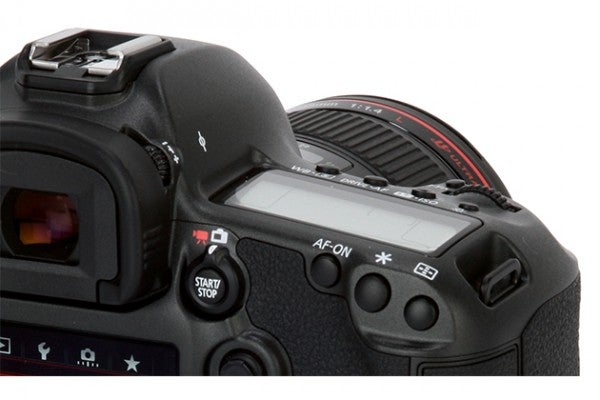In this article we look at viewfinder dioptre correction adjustment, providing a guide to what it is for and how it works
Today, all but the least sophisticated cameras that offer an eye-level viewfinder will also feature a facility to adjust the viewfinder optics to ensure the sharpest view. This is called dioptre correction or compensation, and the power of this correction depends on an individual’s eyesight and whether glasses are being worn.
For long-distance, mid-range or reading/close-distance vision, if your eyes can’t refocus adequately you will need optical correction in the form of glasses to bring what you want to see into a range that makes it possible for your eyes to focus. This is exactly what dioptre correction does. A viewfinder is usually set at a virtual 1m or so ‘distance’. If your eye can’t focus to that distance easily, then a dioptre correction can help. If you wear glasses for distance vision, then focusing to 1m may not be possible; a dioptre correction will ensure anything that is sharp in the viewfinder is also sharp to the viewer with their glasses on.
Dioptre correction has been available for decades, originally in the form of supplementary lenses either built in to eyecups, or screw-in or clip-on viewfinder lenses supplied in a range of negative and positive powers. Most cameras with viewfinders now offer an integrated dioptre-correction system that can be adjusted and fine-tuned without the need for accessories. You simply turn a small wheel or move a slider back and forth until the view is sharpest.
By convention, the corrective power is set to -1 in viewfinders. Confusingly, this is what will be indicated as ‘0’ or the centre point of the adjuster on the camera. You can usually bias the adjustment by at least 2 dioptres below and above the centre point, or between -3 and +1.
For most people with normal sight or wearing correctly prescribed glasses, the adjustment will be not need to move from ‘0’ (-1 dioptre) and for most others the built-in correction range will be adequate. For extreme cases, an additional power of correction in the form of a screw-in or clip-on dioptre lens may be required. Standard finder correction lens can’t correct for astigmatism.





